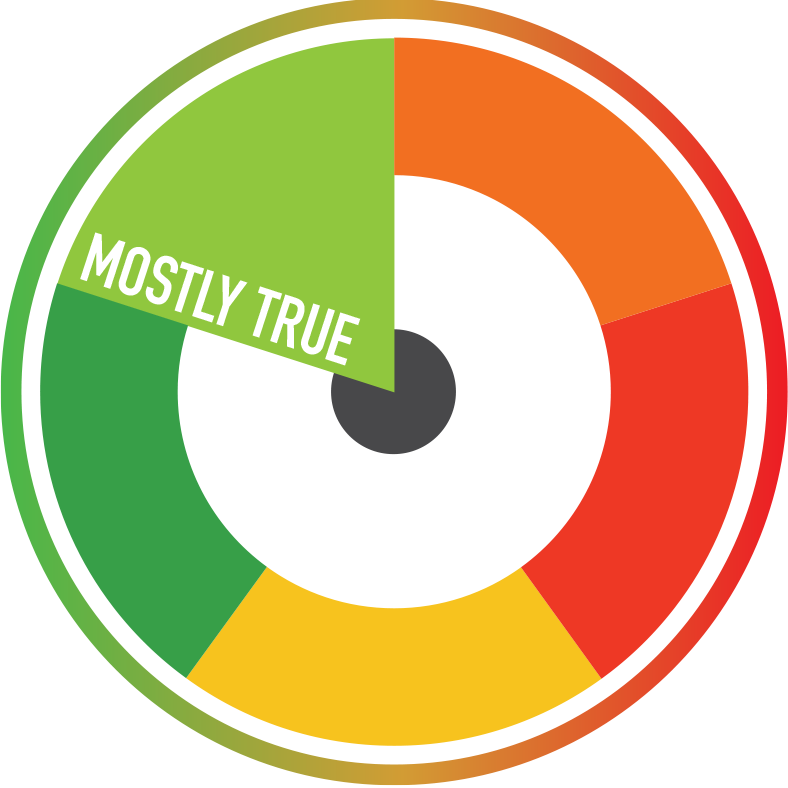On Twitter Royal Dutch Shell on November 18th 2019, announced that they will support SkyNRG, a supplier and distributor of sustainable aviation fuel, in assisting them to develop Europe’s first sustainable aviation fuel production plant through the Board Now program.
In both the Tweet and the accompanying press release Shell states that concerning the lower carbon emission of sustainable aviation fuel (SAF from now on), compared to conventional jet fuels, the carbon emission will lower with approximately 85%. This 85% estimation is, claims Shell in the press release, from the Roundtable on Sustainable Biomaterials (RSB).
CLAIM
Is Shell correct by claiming that the RSB estimates that carbon emission will lower with 85% when SAF is used instead of conventional jet fuels?

First of all, what is SkyNRG?
SkyNRG is, according to their ‘about us’ page, a global market leader for sustainable aviation fuel solutions. It’s mission is to make SAF the new global standard. They “source, blend and distribute” SAF and currently supply more than 30 airlines.
SkyNRG leads the first European production plant that will be placed in Delfzijl, Netherlands. They will mostly help with the technical and commercial side of the plant. To make sure SkyNrG is making the right decisions they are advised by a few international networks and foundations. SkyNRG operations are certified by the Roundtable on Sustainable Biomaterials (RSB), as stated in the Shell press release.
The Dutch KLM has established for a period of 10 years to the development and purchase of 75,000 tonnes of SAF per year. KLM is the first airline in the world to widely invest in sustainable aviation fuel.
Secondly, what is the Roundtable on Sustainable Biomaterials?
RSB is a, according to their website, global, multi-stakeholder independent organization that drives the development of a new world ‘bioeconomy’, they help supply chain companies achieve RSB certification for their bio-based fuels.
Conventional jet fuels vs. SAF
The difference between conventional jet fuels and SAF lies in the source of the carbon, SAF recycles CO2 emissions emitted previously for example used cooking oil. The conventional jet fuels still need to get burnt to get the energy out of the emission. The SAF does not contain sulphur and is low in fine particle, in fact SAF is recycled Co2 carbon. In this KLM webinar from 16 December 2019, Maarten van Dijk, Managing Director of SkyNRG together with Jurriaan de Jonge, Fuel Director of KLM, explain what SAF is.
According to SkyNRG’s Van Dijk, in the webinar, even with the same burning emission, there is a difference in the overall emission. That overall emission lies in the full lifecycle and complete chain of the SAF production.
The Board Now program
The Board Now program is, according to their website, a coalition of forward thinking companies that tries to reduce their carbon footprint. Together they try to support the growth of the SAF industry. The first project of the Board Now program is the first European SAF Supply Line which will be placed in Delfzijl, the Netherlands. The Board Now program is powered by SkyNRG, the company that is responsible for the first European SAF supply Line.
So how about the 85% claim?
In order to find out if the statement made by the article from shell is true or not we must trace back to the primary source of the statement. In this case that source is the Roundtable on Sustainable Biomaterials (RSB). After some research on the website of the RSB it seems the organisation makes a different statement there than in the article for the press. On their website the RSB claims that their certified sustainable alternative aviation fuel has a minimum of 50% emission reduction. All SAF producers have together agreed that a new business should always provide at least 50% CO2 reduction.
According to Karlijn Arts, the Policy & Sustainability Manager of the Board Now program and SkyNRG, they can reach between 80% and 90% Co2 reduction.
In an interview with Arts, she clarifies that the Co2 reduction takes places especially at the beginning of the production line. The SAF production plant namely uses residues making SAF, for example they use used cooking oil to create sustainable kerosene. According to Arts that is the obvious difference between regular kerosene production and the production of SAF.
In producing SAF substances are existing, mining is not required, so before processing there is almost no emission as well as will be in production of regular aviation fuel. Arts indicates that the different way of production together with sustainable distribution and green hydrogen will create a 85% reduction.
Unfortunately SkyNRG is not willing to share the exact numbers of the reduction comparing to conventional fuel production, because of that it is hard to find out what calculations are made and if their correct.
In conclusion
Shell had to elaborate on their statement on Twitter, explaining the 85% reduction is won in the production line. The statement they make in the tweet makes it seem that the SAF will cause the reduction, however, it is the change in the production line. We therefore state the claim is mostly true.
Leave your comments, thoughts and suggestions in the box below. Take note: your response is moderated.
RESEARCH | ARTICLE © Leanne Brand, Utrecht University of Applied Sciences, NL





